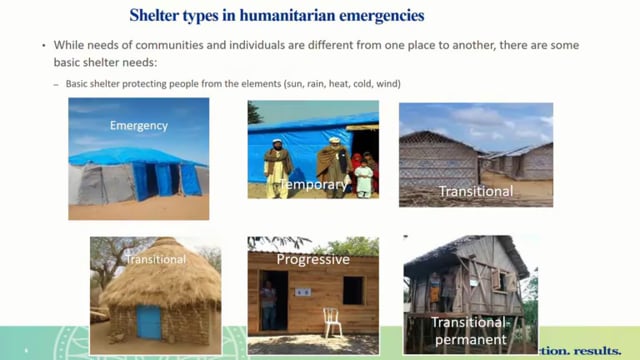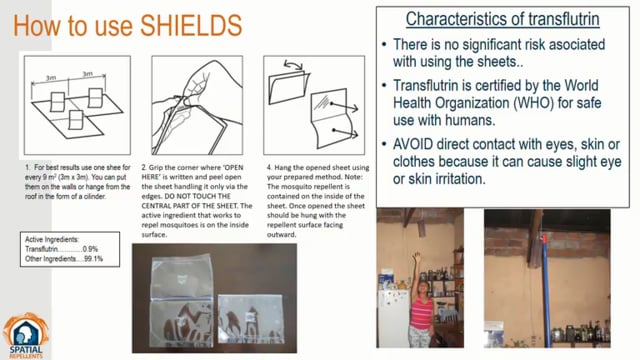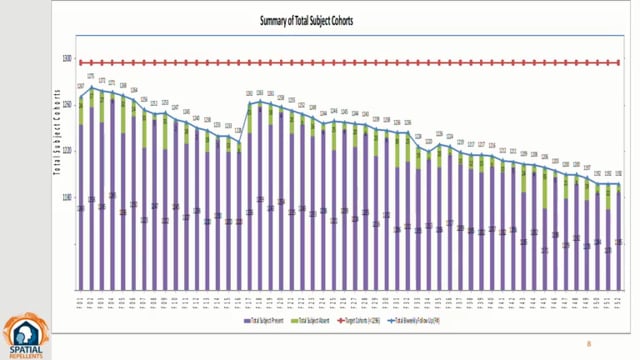Last Updated: 31/01/2025
Spatial Repellent Products for Control of Vector Borne Diseases – Malaria – Indonesia (SR-M-IDR)
Objectives
The primary objective of this multi-site project is to demonstrate and quantify the protective efficacy (PE) of spatial repellent products in reducing the incidence of malaria infection in human cohorts.
The primary epidemiological endpoint will be the incidence density of first time malaria infections among human cohorts during the follow-up period as detected by polymerase chain reaction assay (PCR). This measure will inform PE (the reduction of incidence) between intervention and control study arms using the formula: PE =[(Ip – Ia)/Ip]* 100%; based on an expected minimum effect size of 30%. First time infections in these subjects will offer relatively unambiguous evidence of the extent of exposure to infectious mosquito bites. The primary entomological endpoint will be adult densities of vector species via human-landing catch (HLC) from sentinel households from intervention and control arms over the follow-up period.
Secondary epidemiological endpoints will be the incidence density of first time malaria infections among human cohorts during the follow-up period as detected by microscopy and the total number of cases averted (i.e., all Plasmodium spp. infections in cohort subjects). Secondary entomological endpoints include number of sporozoite infected mosquitoes, parity and species-specific effects of the spatial repellent product.
Both epidemiological and entomological endpoints will be utilized to look at the relationship between SR and PE based on product coverage (to include diversion and community effects) and insect behavior. The prospect of SR associated temporal cumulative effects on study endpoints (epidemiological and entomological) over transmission seasons will also be investigated by using the cumulative incidence of infection over the season and applying a survival curve analysis of the cohort data.
Jan 2015 — Nov 2017


